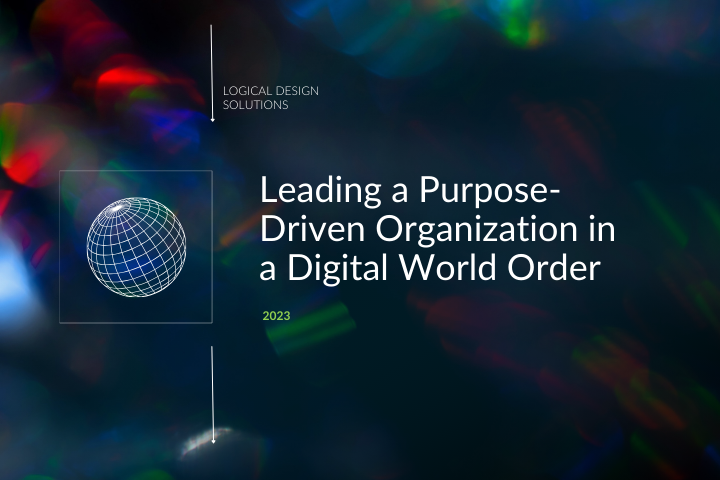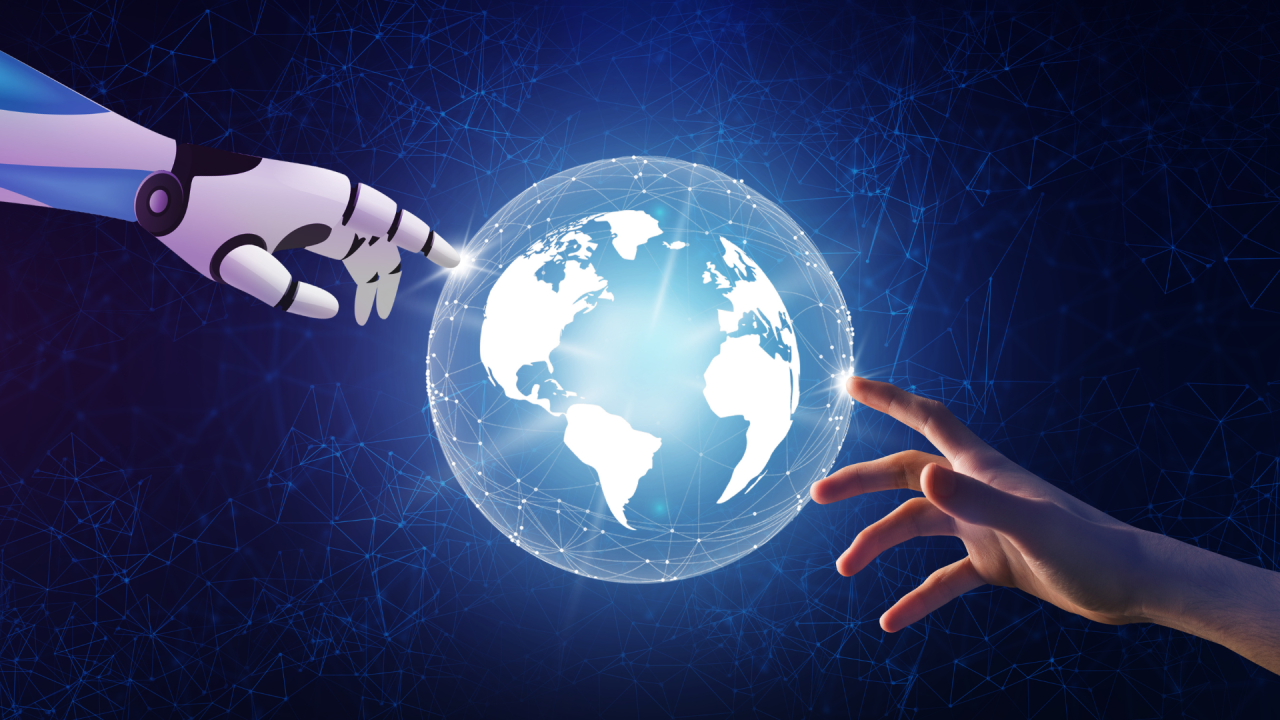White Paper: Leading a Purpose-Driven Organization in a Digital World Order
Our Leading a Purpose-Driven Organization in a Digital World Order white paper explores the pressing challenges confronting business leaders during...
As Kai-Fu Lee and Chen Quifan suggest in the final chapter of AI 20411 “Dreaming of Plentitude”, we are moving rapidly towards an age of creativity, whereby digital advances enable workers to pursue ever more gratifying and purposeful work. Indeed, as 2022 dawns, the changing nature of human work points to exciting possibilities for a workforce augmented by extraordinary developments on the technology front.
.png?width=1280&height=720&name=2022-The-Year-Ahead-Productivty-Tech-Model%20(2).png)
The coming year will see “Productivity Technology” rise to the fore, as we continue to empower a remote, digital workforce with a host of powerful tools that will promote both growth and efficiency. Here are just some of the developments we anticipate:
In 2022, skilled workers will be more selective and demand extreme flexibility from employers. The movement towards remote work will continue and centralized offices will adapt to become collaboration spaces for the purposes of knowledge transfer and organizational innovation.
The digital workplace will use productivity technology to surround the augmented worker with new possibilities, even as the aptly-called ‘Great Resignation’ results in job opportunities being at an all-time high. As companies formalize social contracts to attract skilled talent during this second wave of the Fourth Industrial Revolution (4IR), we can expect to see the following developments:
Looking beyond the boundaries of productivity technology, over the coming twelve months we can expect to see further movement towards rapid decarbonization and a ‘green future’ – what the World Economic Forum calls ‘The Nature Economy’ – as companies and governments collaborate to change the future of energy consumption, even as cautious investors seek ever greater compliance with environmental, social and governmental (ESG) measures that are centered around people, planet, purpose and prosperity.
We can also expect to see social contracts emerging that are woven from a desire to harness the power of technology for all of the right reasons, rather than the converse. As the futurist Gerd Leonhard says ‘the more we connect, the more we must protect’ – a sentiment that is being echoed by those democratic societies around the globe who seek to uphold the right to privacy of every citizen.
In looking at the year ahead, it would be remiss not to mention the ongoing impact of Covid in 2022. The so-called ‘new normal’ of life with this virus will obviously continue to evolve, with more money being invested in science, healthcare and collaborative global efforts to beat this disease.
Undoubtedly, burgeoning cryptocurrencies and blockchain technology will continue to promote the digitization and decentralization of financial transactions. Decentralized Finance (DeFi) will meet with stern opposition from centralized financial institutions, while conservationists will highlight concerns around the increasing consumption of energy ascribed to peer-to-peer cryptocurrency activities.
In general, we believe that innovations in the areas of productivity technology will provide the digital workplace with powerful a means to augment remote worker productivity, as well as helping businesses to unlock the value of data to realize real-time insights that will provide the competitive edge necessary to flourish in what is shaping up to be a new age of creativity and plentitude.
1. Lee, Kai-Fu and Chen Quifan. AI 2041: Ten Visions for Our Future.

Our Leading a Purpose-Driven Organization in a Digital World Order white paper explores the pressing challenges confronting business leaders during...

2 min read
Organizational shifts we saw in 2023 were progressive changes in the pervasive systems and structures that continue to transform organizations for...

1 min read
On November 7th, LDS CEO Mimi Brooks led a session at the Procter & Gamble 2020 WINnovation Summit at their headquarters in Cincinnati. The...